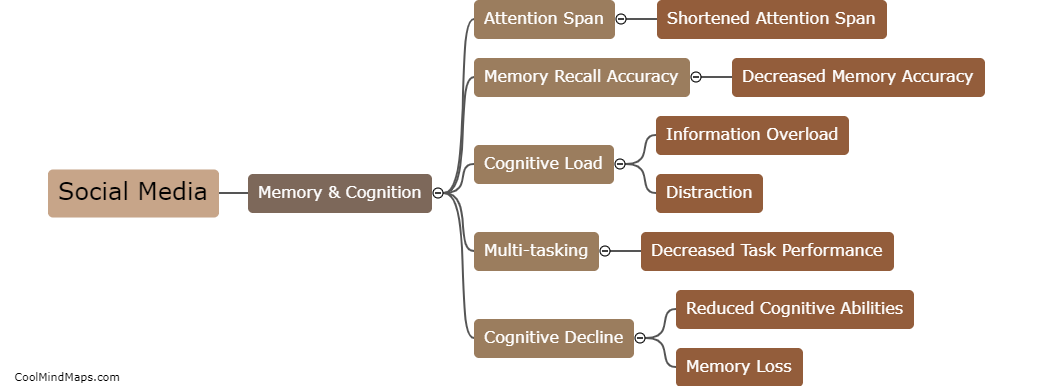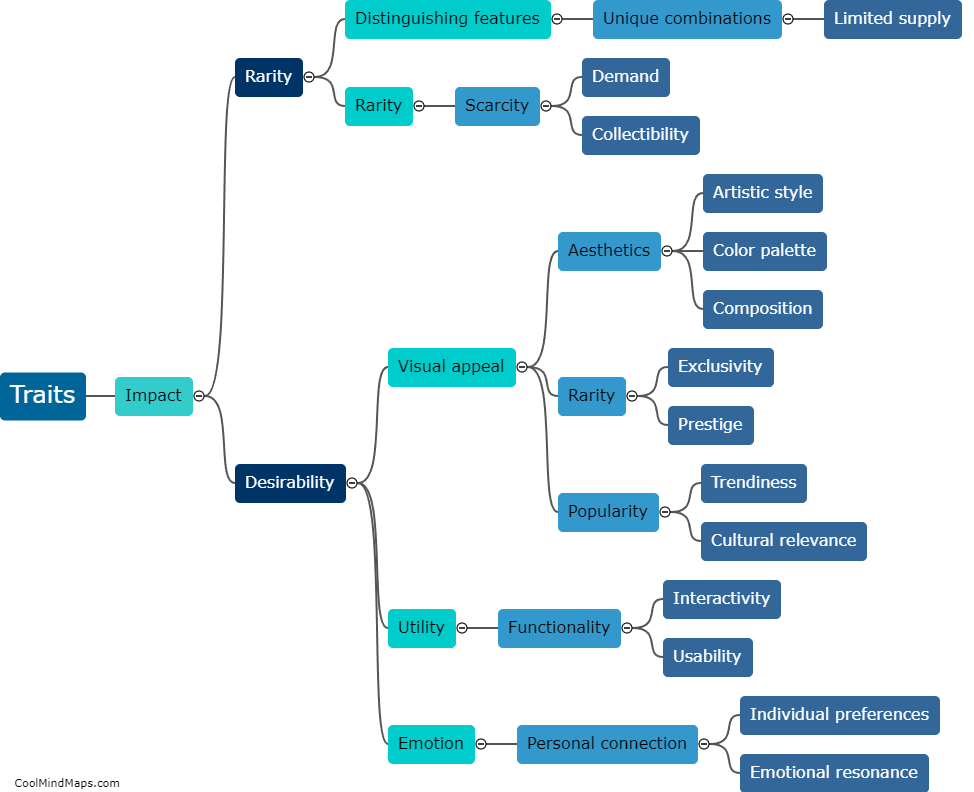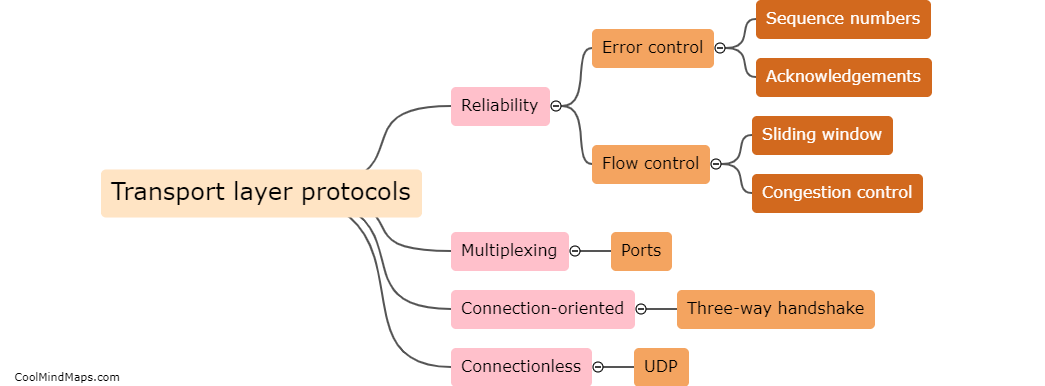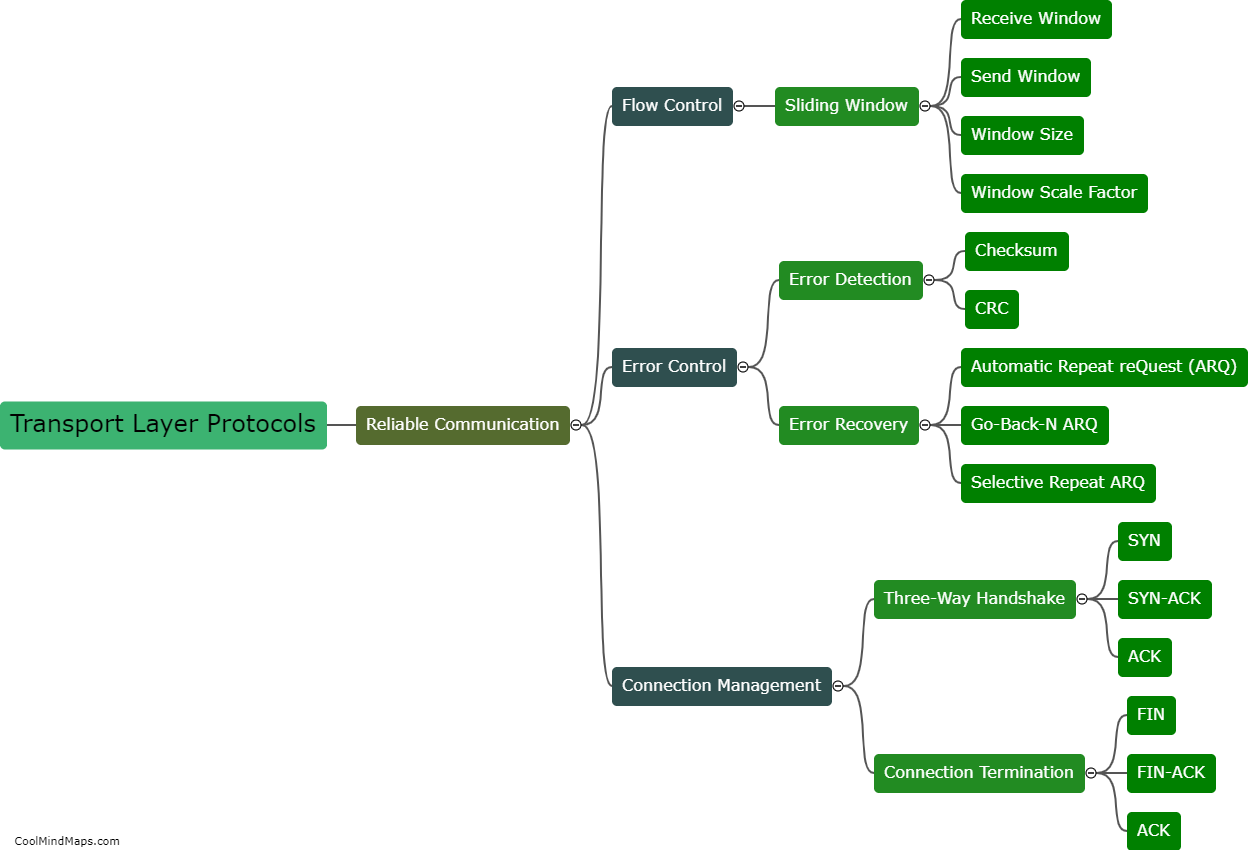What are the different transport layer protocols?
The transport layer protocols are the set of rules and protocols that govern the communication between devices on a network. Some of the most commonly used transport layer protocols include the Transmission Control Protocol (TCP) and the User Datagram Protocol (UDP). TCP is a reliable and connection-oriented protocol that guarantees the successful delivery of data packets, ensuring their correct order and retransmitting lost packets if needed. On the other hand, UDP is a lightweight and connectionless protocol that does not provide any error checking or reliability mechanisms, making it faster but less reliable than TCP. Other transport layer protocols include the Stream Control Transmission Protocol (SCTP), which offers features like multi-streaming and multihoming, and the Datagram Congestion Control Protocol (DCCP), which is designed to support congestion control mechanisms for streaming media and telephony applications.

This mind map was published on 19 August 2023 and has been viewed 111 times.











